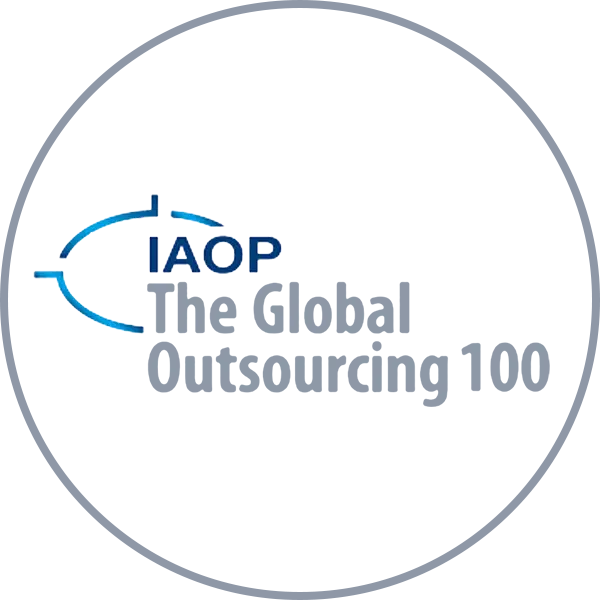Free trial development, day by day
At Shinetech, we work primarily by following the Agile principles and the development methodology. The developer you will be working with for the free trial will collaborate with you each day so that we can showcase how we perform in a typical sprint. If a customer requests a free trial, the developer will have access to the customer’s initial requirement left on our website in the contact form. If the customer describes the exact tools, languages, and requirements, the Shinetech team can easily find the right developer for the task. If not, there may be another exploratory meeting before Sprint kickoff to determine the tools and procedures that will be used in the coming days.
Day 1: Sprint meeting and Kickoff
We begin the trial with a sprint planning meeting. The customer and the Shinetech developer meet to define the sprint goal, prioritize the needed work, and set up the deliverables against which the customer can measure progress at the end of the trial week. The customer, acting as the Product Owner, and the developer work together to break down the work into tasks based on priority. The developer then creates a sprint backlog and further breaks it down into smaller tasks that can be finished in a day or less.
After we define the goal together with the customer, we kick off the sprint and start working through the tasks from the backlog. We treat this sprint as any regular project, and that’s the mindset the developer maintains throughout the free trial.
Days 2-4: Free trial development and Daily Scrum meetings
The developer will strive to hold daily Scrum meetings or stand-ups during the sprint. The meeting is held at the same time and place each day and lasts 10 to 15 minutes. The purpose of daily stand-ups is to ensure that everyone involved in the sprint is on the same page about the deliverables and the work we need to do. The stand-ups address the following main questions:
- What has been accomplished since the last meeting?
- What are we planning to work on today?
- Are there any roadblocks preventing us from making progress?
These questions aim to coordinate the collaboration efforts between the developer and the customer. Also, the meeting can serve as a short ‘brainstorming’ session where we can identify potential solutions to roadblocks, if any, and later figure out a workaround or include more people to address the issue.
The developer can also demonstrate what they accomplished since the previous meeting, what they plan to do next and raise any concerns about the obstacles they may face. The developer focuses on producing usable code that can be implemented almost immediately. Essentially, the customer should receive a functional code or feature at the end of the trial sprint. After each day, the code is available for feedback and analysis from the customer’s team. We uphold transparency in Shinetech so that our customers know exactly what we’re working on at every moment. This principle is later transferred to our contractual cooperation.
Day 5: Sprint Review and Retrospective
During the sprint’s final day, the developer and the customer conduct a sprint review meeting. The developer demonstrates the completed work to the customer and any other stakeholders. The customer should provide feedback on the work done and a decision if they want to proceed with setting up cooperation backed by the contract.
After we review the completed work, we proceed to the sprint retrospective to discuss what went well, what could be improved, and how we can collaborate better in the next sprint. The developer and the customer identify the root causes of problems and provide an action plan to address them.
What we do after the free trial development sprint
After the free trial development sprint concludes, if the customer is happy with the results and wants to proceed with the cooperation, the account manager gets involved to inquire for feedback and sort out the paperwork. At the same time, the developer prepares for the next sprint planning meeting and the cycle restarts. It’s important to note that the duration of a sprint can vary depending on the project’s complexity and the stakeholders’ preference. At this point, we also discuss whether the customer needs more resources, and begin to prepare for the onboarding process. If the software we are about to develop is more complex, we modify the development sprint accordingly; you can read more here what we usually discuss during a typical development sprint in a cooperation.








